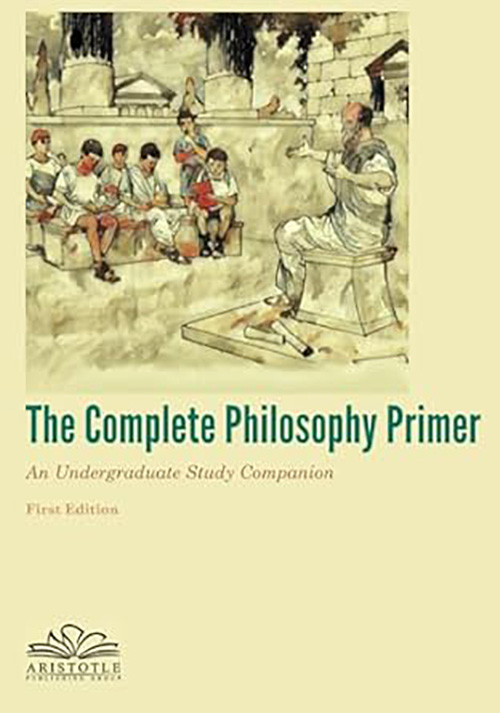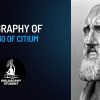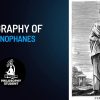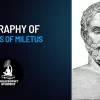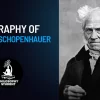Aesthetics is concerned with the nature of art (whether visual, literary, dramatic, or in some other medium) and the way in which art is experienced. Two principal related issues, therefore, are whether there is a distinctive form of aesthetic experience—to be contrasted with other forms of perceptual experience—and how our aesthetic judgments are to be distinguished from other forms of evaluation. An influential line of thought from Immanuel Kant (1724-1804) is that aesthetic appreciation is entirely divorced from any practical concerns—the object is judged “on its own terms”—but it has proved difficult to fully articulate this idea. Other philosophers have followed David Hume (1711-1776) in attempting to reduce aesthetic appreciation to simply a subjective matter of taste.
Closely related to these concerns are questions about the nature of art. These include whether different media or genres (for instance, found art, graffiti) can legitimately count as art; if we can draw a meaningful distinction between “high” and “low” forms of art; and how one piece of art can be judged as “better” than another. Some of the issues raised in aesthetics naturally overlap with topics in the philosophy of mind and the philosophy of language. This includes questions as to how a work of art can be said to represent a particular object or idea, or express a particular attitude or emotion; as in the philosophy of language, debate here often involves assessing the relative importance of the artist’s original intentions, the specific properties or arrangement of the object itself, and the social context of the work’s reception

